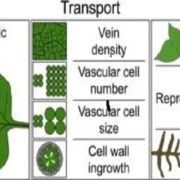
What We're Reading: April 28
0 Comments
/
Correspondence: Discussion about the US National Academies GE crop report ($)
A series of letters has been published in Nature Biotechnology on the topic of the US National Academies report Genetically Engineered Crops: Experiences and Prospects. From Dec 2016, US National Academies report misses…

Brassica oilseeds transporter gene mutations decrease antinutritional glucosinolates
Glucosinolates are sulfur-containing defense compounds produced by brassica plants. Brassica napus (canola) is an important oilseed crop because a low-glucosinolate variety has been developed. Brassica juncea is more stress tolerant, but has not been developed as a crop due to its high levels of glucosinolates.…

Tissue-specific transcriptomics shows the unfolded protein response’s role in maintaining fertility upon heat stress ($)
Plant reproduction is particularly sensitive to heat stress, so rising temperature is a major threat to food security. Zhang et al. surveyed the transcriptional responses to heat stress (3 h at 37º) in Arabidopsis and identified large differences between vegetative and reproductive tissue responses…
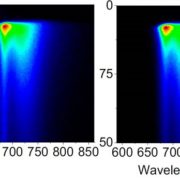
Zeaxanthin-dependent nonphotochemical quenching does not occur in photosystem I in Arabidopsis thaliana
Photosynthesis in plants involves two photosystems acting in series, Photosystem I (PSI) and PSII. Each photosystem is a massive complex consisting of numerous proteins and pigments. The photosystems are efficient at light harvesting but also sensitive to high-light induced photooxidative damage. Photosynthetic…
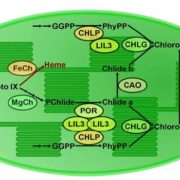
LIL3, a light-harvesting complex protein, links terpenoid and tetrapyrrole biosynthesis
The final step in the synthesis of chlorophyll is the joining of chlorophyllide, (a tetrapyrrole with planar structure similar to heme) to a linear lipid (a product of the terpenoid pathway) that provides an attachment point for the resulting chlorophyll to pigment-binding proteins of the light-harvesting…

PIF4-controlled auxin pathway contributes to hybrid vigor in Arabidopsis thaliana
Hybrid vigor is a well-known but still poorly understood phenomenon in which the F1 hybrid progeny of a cross often show enhanced growth as compared to either parent. True-breeding lines that retain this enhanced growth, known as hybrid mimics, have been developed and are important tools for understanding…
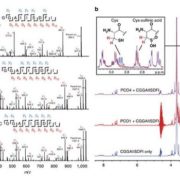
Suppression of plant hypoxia responses by cysteine oxidases and arginyl transferases that initiate transcription factor turnover by N-end rule pathway
Flooding “drowns” plants by depriving them of oxygen, leading to hypoxia and ultimately death. Ethylene-responsive transcription factors (ERFs) have been identified that induce expression of genes to support anaerobic metabolism and are critical for hypoxia survival. ERFs are selectively destabilized…
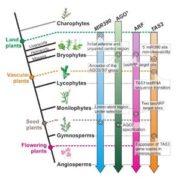
The emergence, evolution, and diversification of the miR390-TAS3-ARF pathway in land plants ($)
Trans-acting small interfering RNAs (tasiRNAs) are unique to plants. They are the products of TAS genes, but they function to regulate other genes (thus the name “trans-acting”). The production of tasiRNAs requires miRNAs, which bind to and ultimately lead to cleavage of the primary TAS transcript.…
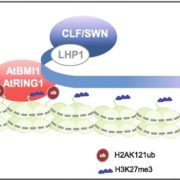
H2A monoubiquitination in Arabidopsis is generally independent of LHP1 and PRC2 activity
Gene silencing by chromatin marks occurs in plants and animals, but there are often some differences in the details. Polycomb repressive complex 1 (PRC1) and PRC2 were first characterized in animals and shown to repress gene expression in part through histone modification; PRC1 has histone H2A E3 ubiquitin…

